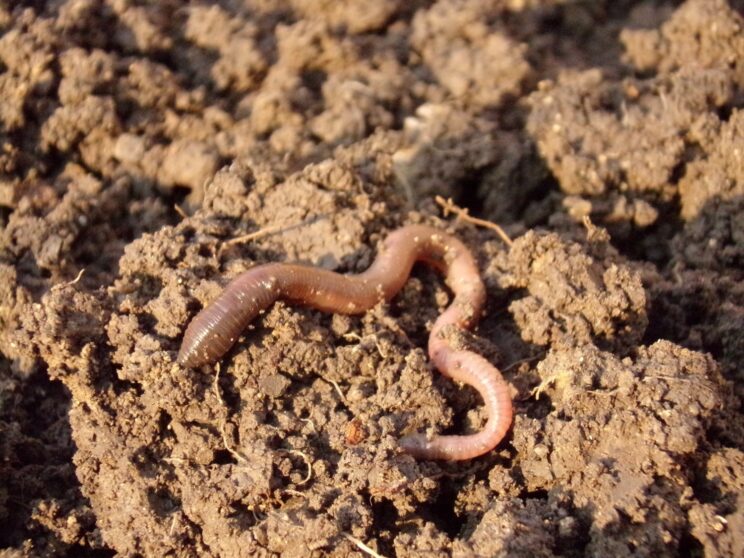As environmental challenges continue to escalate globally, understanding and monitoring biodiversity is more important than ever.

Soil invertebrates—such as insects, earthworms, and nematodes—play a key role in maintaining soil health. Tracking their presence helps assess soil quality and detect potential threats like pollution and habitat degradation. However, traditional monitoring methods are time-consuming, expensive, and require expert taxonomists.
Soil eDNA metabarcoding: a game-changerEnvironmental DNA (eDNA) metabarcoding offers a powerful alternative for soil biomonitoring. By extracting DNA directly from soil samples and using high-throughput sequencing, researchers can detect multiple species at once. Compared to traditional methods, eDNA metabarcoding:
✔ Reduces sampling effort and costs.
✔ Improves the detection of small-sized, rare, or cryptic organisms.
✔ Minimises ecosystem disturbance.
✔ Enhances accuracy and reproducibility.
To ensure the reliability of eDNA metabarcoding, rigorous validation is needed. Every step, from sample collection to bioinformatics, affects results. At AllGenetics, we have over 10 years of experience optimising DNA metabarcoding protocols for biodiversity monitoring.
One example is our work in the project ‘MetaSOL: Evaluation of biodiversity via DNA-extraction from soil and organism samples taken at permanent soil monitoring sites’, a European initiative aimed at standardising soil eDNA metabarcoding for routine biomonitoring. Supported by the German Environment Agency and coordinated by ECT Oekotoxikologie GmbH, the project compared DNA metabarcoding results from both bulk tissue and soil eDNA samples with traditional morphology-based identification. It specifically targeted three important groups of soil invertebrates—earthworms, enchytraeids, and collembolans—across 25 monitoring sites. This benchmarking confirmed the power of DNA-based methods to assess soil invertebrate diversity.
At the same time, it highlighted key challenges—such as the need for more comprehensive reference databases and reliable genomic soil health indices. These findings will help refine soil eDNA metabarcoding services for more effective biodiversity assessment.
The results of the MetaSOL project on earthworms have just been published in Ecology and Evolution. We are proud to have contributed to this effort, advancing DNA-based biomonitoring for better environmental management.